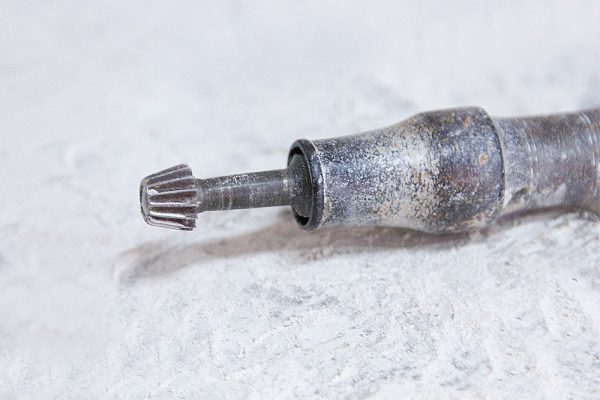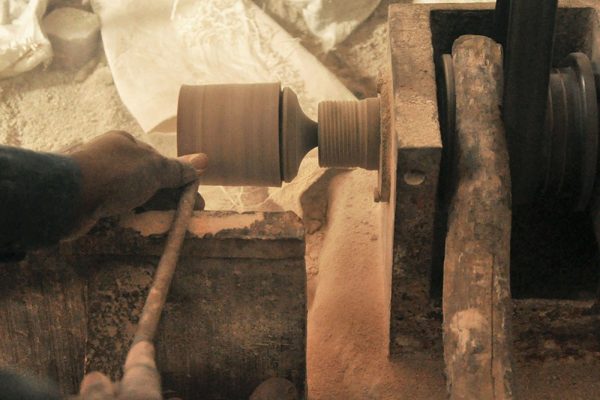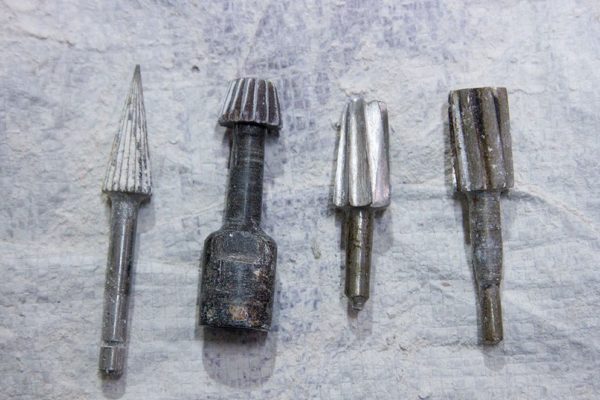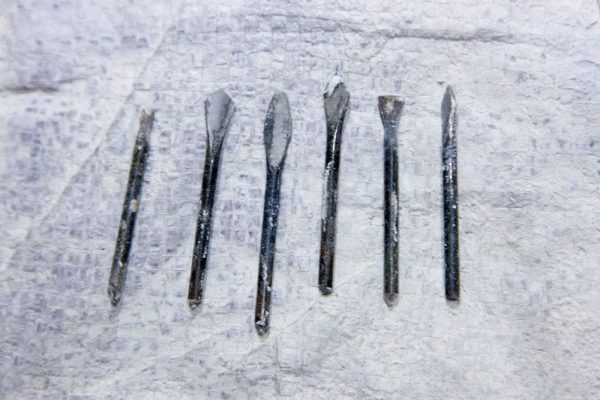Undercut Stone Carving
Every piece of stone has a sculpture inside it, and it is the chore of the sculptor to uncover it. The carving of stones includes varied methods where pieces of ragged raw stone are molded by the controlled subtraction of stone. It is said to be substantiated from a very prehistoric time. Ancient sculptures were mostly of human forms, latter were found of animals and more abstract forms in stone. The process of accomplishing the sculptures is termed as stone carving. The pieces of natural stones are shaped by eliminating or chiseling away some parts of stone in a planned way to accomplish a detailed design. Earlier the carvers themselves had to go in search for the right type of stone. There are various kinds of stones are available in which soft stone is preferable for it is easy to carve on soft stone. Sculptors use basic carving tools and hammers. Before the beginning of carving, there should be a predetermined design. To brief it up carving happens in three simple steps – roughly chiseling out the stone, shaping, and detailing. These three steps also include sandpapering, mounting, and finishing. The basic tools that are required are pointed, flat chisels, and a hammer. These tools help the carvers attain the form which they visualize. There have been various styles adapted over the period of time while carving. Though the methods of roughing, secondary roughing, and finishing remain the results demonstrate the changes that have happened over the years of time.
The most appreciating quality of this stone is that it is available in a wide range of colors and is easy to carve. Bowls, plates, and glasses are known products. Earlier before the initial stages of carving on soapstone, artists used tusks and sandalwood as their media to carve, and as time passed by due government issues they had to take a hold on it.
The soapstone, when witnessed in the nearby mines, was used by the artists to experiment with the same designs that they did on tusks in order to substitute and to test the production. The result happened to be a good hit later. The artists prefer a clean even shaded stone, for the carving will not be affected by the variations of pigment or by veining. For ex- ample, if an artisan carved a nice face with a multi-colored stone, the veins would definitely appear either crisscross or dotted, sideways or right on the face, ruining the actual feel of the piece. Since there are less or no chances of veining in a clean or pure stone the piece comes out to its best of the looks. As the working on stone improvised the use of tools got a push to try out more innovative carvings like an undercut. The undercut carving is very much known in the north part of India. The most marketed and noted product of this kind is an undercut elephant. A skilled artist can complete an undercut elephant of size two into three inches in two hours. The undercut carving is well known and Agra is one of the main centers of stone carving in Uttar Pradesh. Artisans carve a variety of products from soapstone lampstands, small bowls, jaalis, candle stands, and decorative items.
The more the stone wastes, the more the statue grows!!
The soapstone, when witnessed in the nearby mines, was used by the artists to experiment with the same designs that they did on tusks in order to substitute and to test the production. The result happened to be a good hit later. The artists prefer a clean even shaded stone, for the carving will not be affected by the variations of pigment or by veining. For ex- ample, if an artisan carved a nice face with a multi-colored stone, the veins would definitely appear either crisscross or dotted, sideways or right on the face, ruining the actual feel of the piece. Since there are less or no chances of veining in a clean or pure stone the piece comes out to its best of the looks. As the working on stone improvised the use of tools got a push to try out more innovative carvings like an undercut. The undercut carving is very much known in the north part of India. The most marketed and noted product of this kind is an undercut elephant. A skilled artist can complete an undercut elephant of size two into three inches in two hours. The undercut carving is well known and Agra is one of the main centers of stone carving in Uttar Pradesh. Artisans carve a variety of products from soapstone lampstands, small bowls, jaalis, candle stands, and decorative items.
The more the stone wastes, the more the statue grows!!






